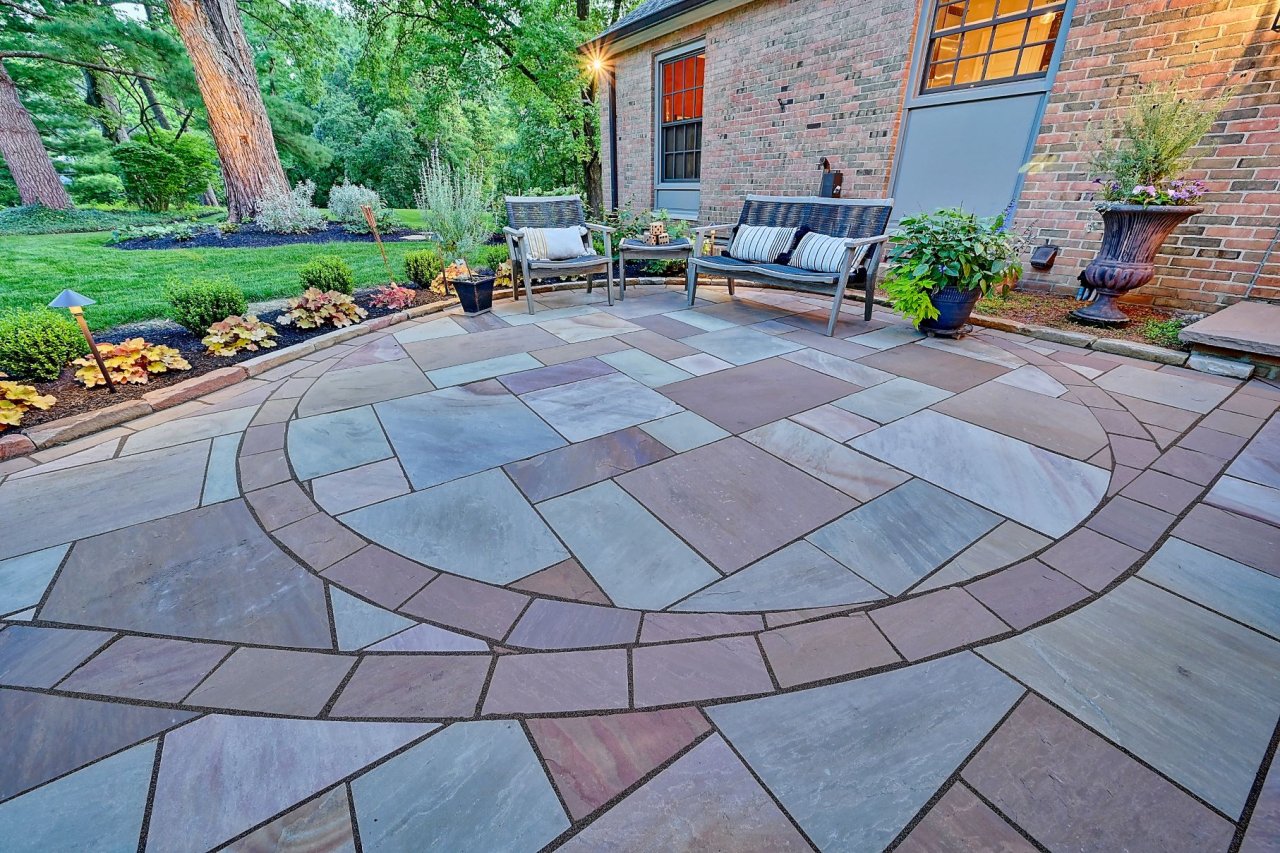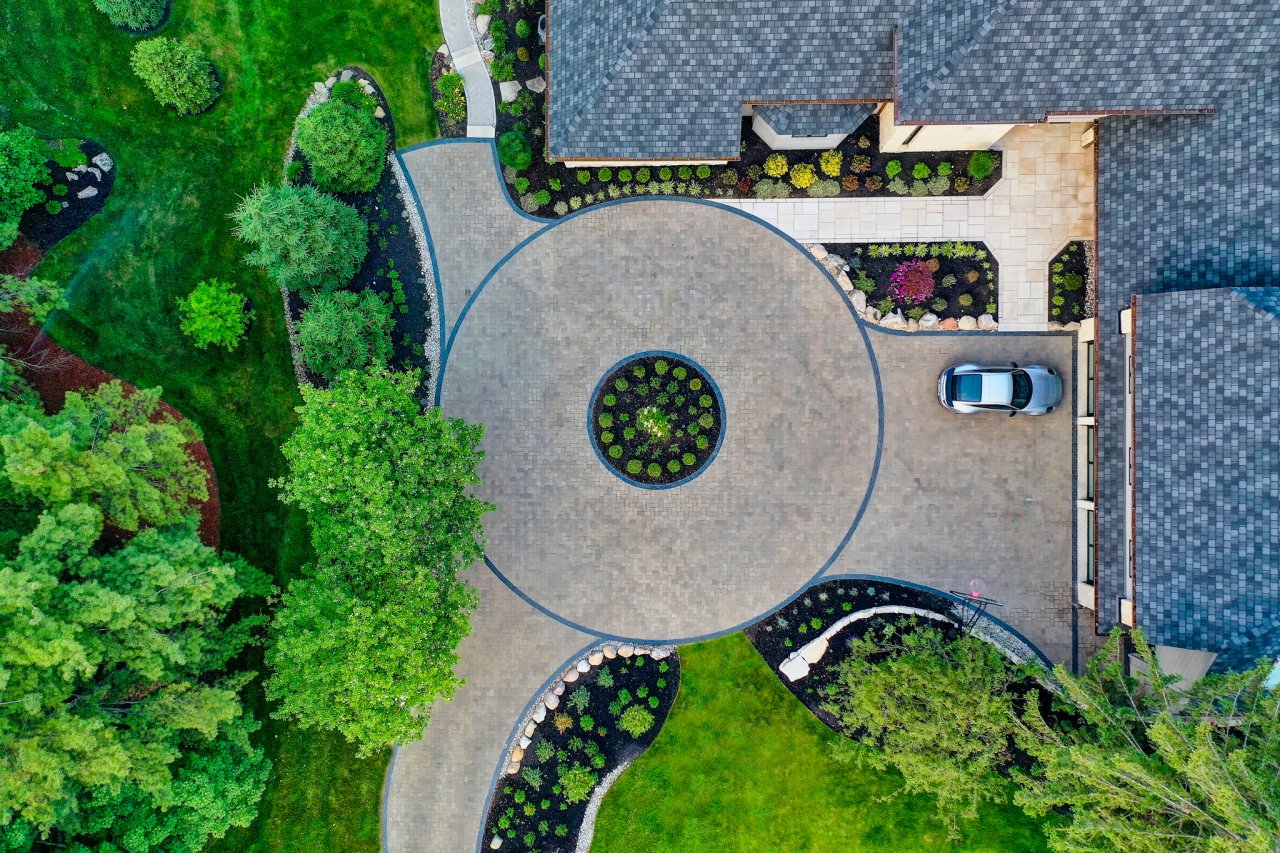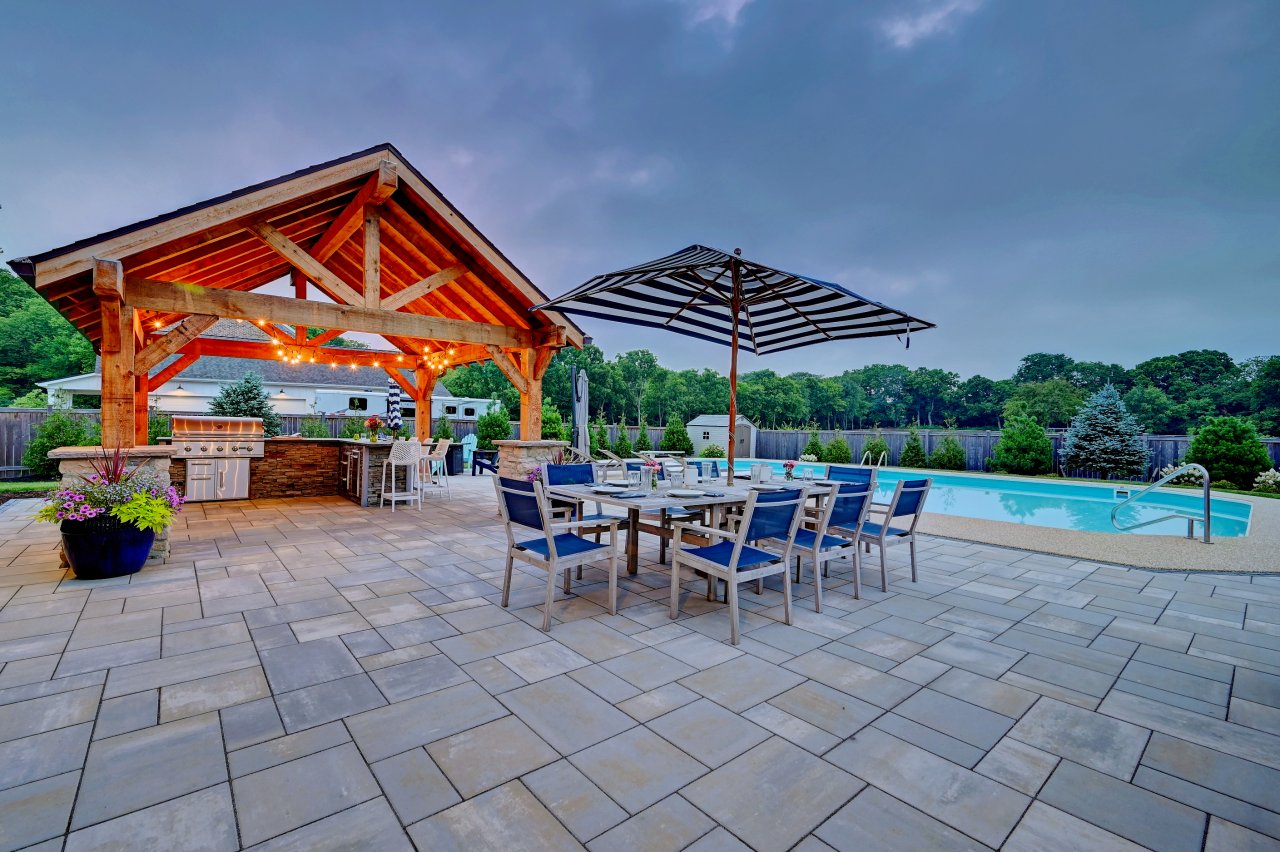
Are You Jumping On The Pollinator Trend?

Did you know that pollinators, like bees and butterflies, are essential for the health of our planet? They help produce one in three bites of food we eat, but their populations are declining. Creating a pollinator garden in your backyard is a great way to help!
The idea of pollinator gardens has been around for decades, but it recently received a lot of traction in the past 5 years. Mostly due to the sharp decline in butterfly and bee populations. Like them or not, bees are key to the survival of three-quarters of the world’s plants.
One recommendation to combat the declining insect populations was to encourage pollination-friendly plantings. The idea spread like wildfire, and the trend for Ohioans to create their own pollinator gardens began. These gardens are designed to attract and support pollinating wildlife, such as bees, butterflies, birds and a host of small insects that produce pollen and nectar.
A cornerstone of gardening for pollinators is planting more native plants – ones that native pollinators are most familiar with and best adapted to use. Some pollinators are so selective that they use only one type of plant, and if that’s not available, they don’t reproduce.
One example is the Monarch butterfly. Do you recall plant stores giving out free Milkweed last year? That’s because the Monarch butterfly needs it to survive. Their population has been declining in part because of the herbicides that are commonly used to clear roadsides, in fact they were elected to be placed on the endangered species list in 2020.
Top native perennial flowers include aster, goldenrod, sunflower, hardy geranium, black-eyed Susan, milkweed, penstemon, phlox, bee balm, cardinal flower, mountain mint, purple coneflower, columbine, liatris, anise hyssop, sundrops, Culver’s root, and Indian pinks.
Some pollinator-favorite, non-native plants include catmint, lavender, sedum, salvia, Russian sage, mints, lantana, daisy, alyssum, zinnia and butterfly bush.
While flowers are the stars of the show during the growing season, don't forget about winter! Many of the plants mentioned, like coneflower and black-eyed Susan, develop beautiful seed heads after flowering. These dried structures add visual interest to your garden throughout the cold months. Even better, they provide a vital food source for birds who struggle in the winter landscape.
Ready to jump on the bandwagon? Go for it! We don’t see this trend going anywhere soon! If the thought of identifying, sourcing, and designing a pollinator garden has your head spinning, we are here to help!
See more posts...


Does A Paver Driveway Increase My Home Value?
